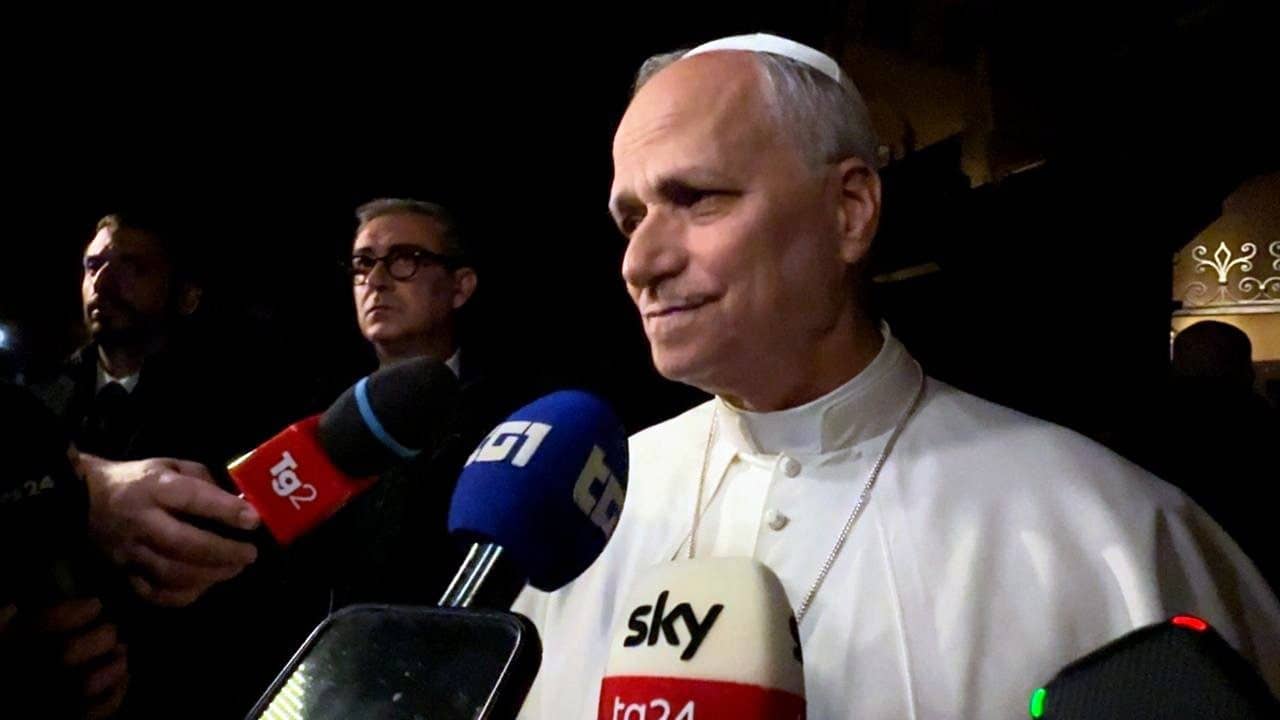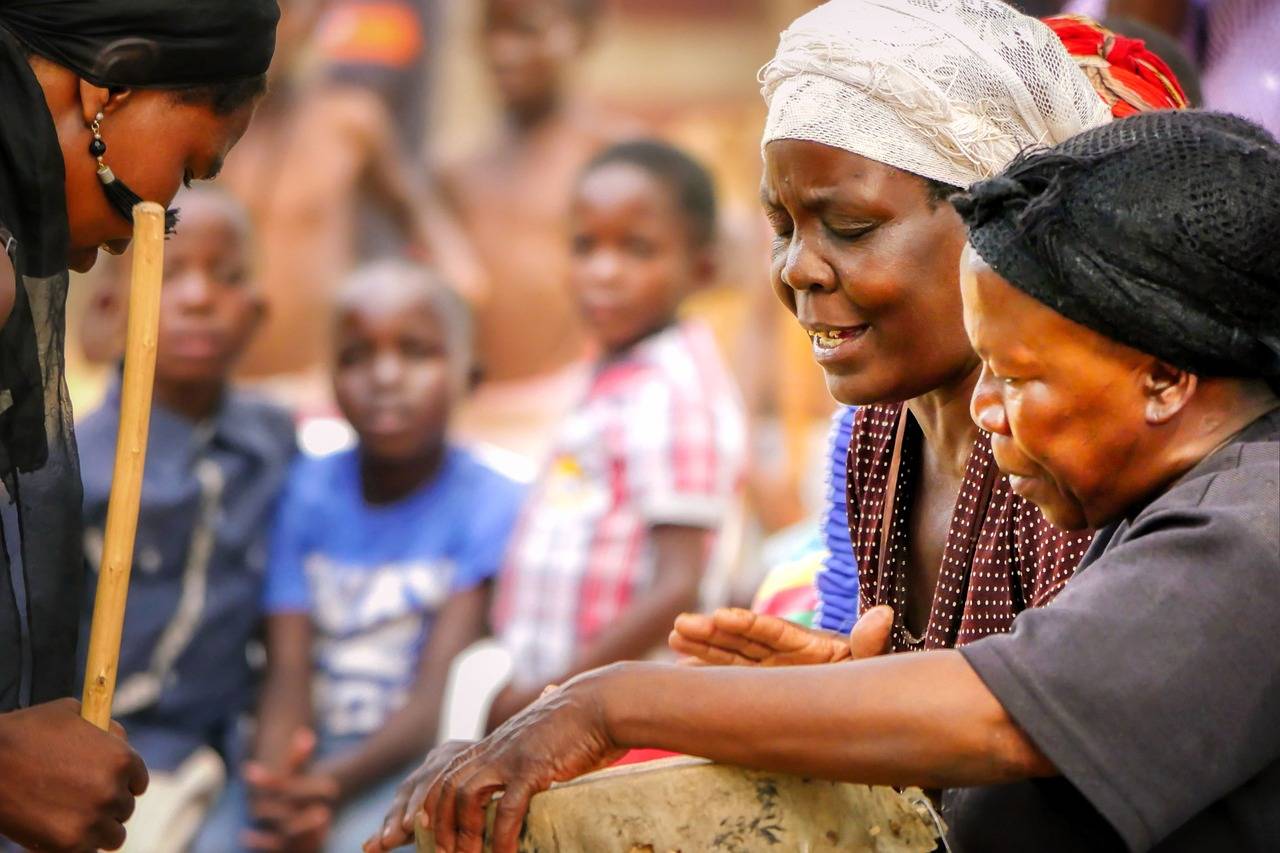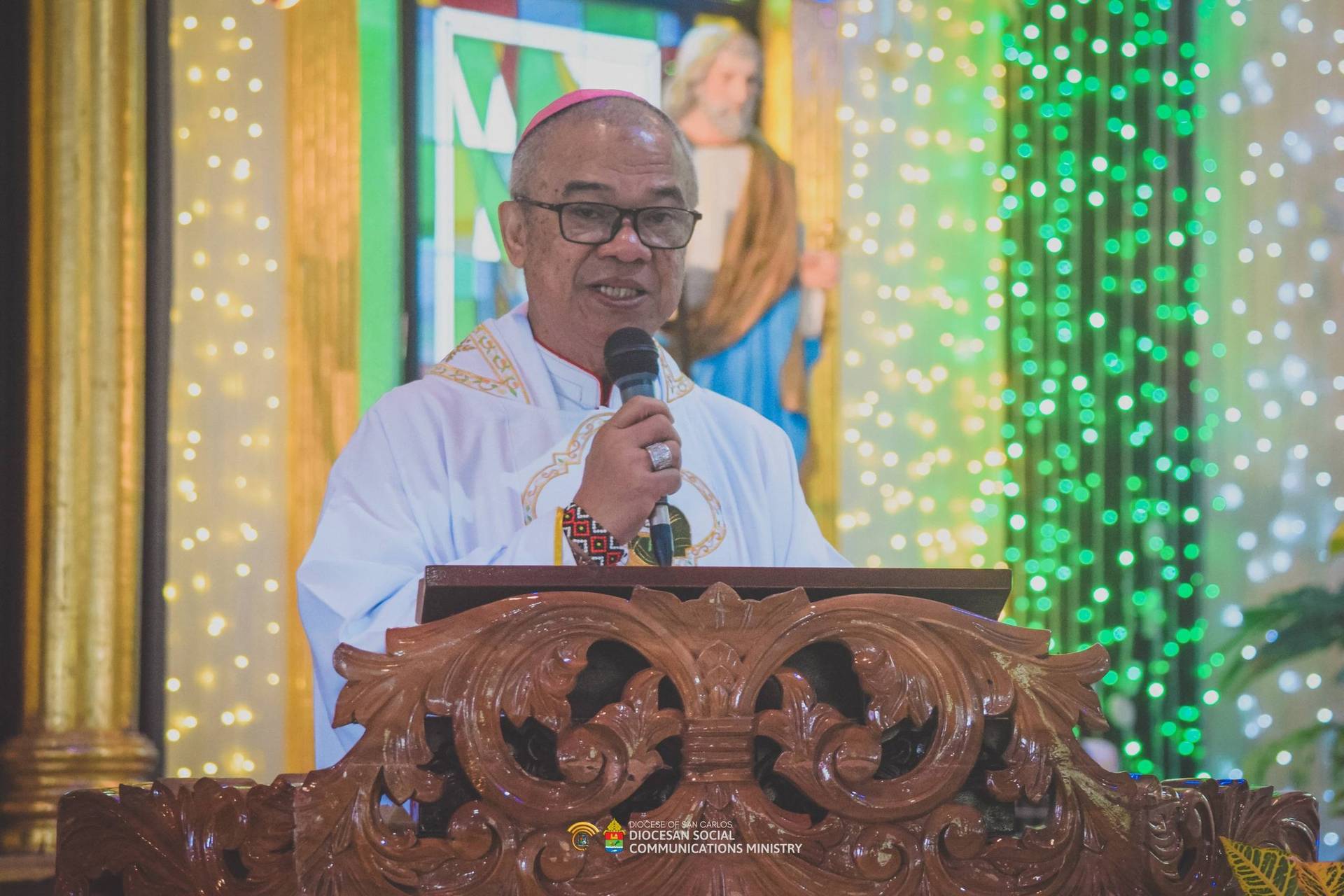ROME—After much rumor and speculation, the Vatican confirmed on Saturday that Pope Francis will visit Armenia this June. A trip to the Caucasus, to visit Georgia and Azerbaijan, is also in his schedule for autumn.
The Armenia outing is set for June 24-26, while the stops in Georgia and Azerbaijan will come Sept. 30 – Oct. 2.
Francis had expressed his desire to visit Armenia last November, during an airborne press conference coming back from his Africa tour. However, on previous opportunities the pope had also spoken of possible trips to Peru and his home country Argentina for 2016, neither of which appears likely to happen.
The Armenia foray is bound to cause diplomatic tensions with Turkey, if recent experience is to be taken into consideration.
On April 12, 2015 he celebrated a Mass in St. Peter’s Basilica to mark the 100th anniversary of mass killings regarded by Armenians as a genocide and by Turks as a civil war. On that occasion, he described the events as “the first genocide of the 20th century,” prompting Turkey to recall its Vatican ambassador in protest.
It wasn’t until early 2016 that Turkey sent the ambassador back to Rome.
Scholars believe that 1 million to 1.5 million Armenians died during this period, and it’s often been acknowledged as the first specific attempt to destroy a particular ethnic group of the last century, forerunner to later atrocities such as those committed by Nazi Germany and Cambodia’s Khmer Rouge.
The massacre of Armenians in Turkey at the end of World War I is formally recognized as a “genocide” by 22 countries around the world, including Uruguay, Cyprus, Russia, Germany, Argentina, France, Italy, and Venezuela.
But beyond the use of the term, for the Argentine pontiff the visit to Armenia has a meaning that goes beyond what happened 100 years ago. In the days previous to the Mass he celebrated in 2015, he met with a group of Armenian bishops.
“I think with sadness about those regions such as Aleppo [Syria], which a hundred years ago were a safe harbor for the few survivors,” Francis said. “Recently these regions have seen the endurance of Christians, and not only Armenians, put at risk.”
Although the assault on Armenians a century ago isn’t considered to have been motivated primarily by religious reasons, the victims were largely Christian and Francis pointed it out.
“Not few of your brothers and sisters,” Francis said, “pronounced Christ’s name as they shed their blood or died of starvation during the exodus into which they were forced.”
The visit to Georgia and Azerbaijan, at one point rumored to be part of the outing to Armenia, will instead come later.
Azerbaijan is an Islamic majority country which until 1991 was under the Soviet Union. The Russians destroyed the capital’s lone Catholic church in 1930s, and it was only rebuilt in 2007. According to the Catholic Almanac there are only two missionaries who serve the small Catholic community, of mostly Polish and Armenian origin.
The Catholic influence in Georgia is also small, with Catholics representing only 2.5 percent of the total population of 4.5 million. The country was also under soviet ruling until 1991, and to this day both Catholics and Armenian Orthodox haven’t been able to secure the return of churches closed during the Soviet period, many of which were given to the Georgian Orthodox Church.
St. John Paul II visited Azerbaijan in 2002.
Also on the papal calendar for this year are a visit to the Greek island of Lesbos on April 16, to make a statement in defense of immigrant rights in the company of two Orthodox leaders, and to Poland in July, to participate in World Youth Day.

















